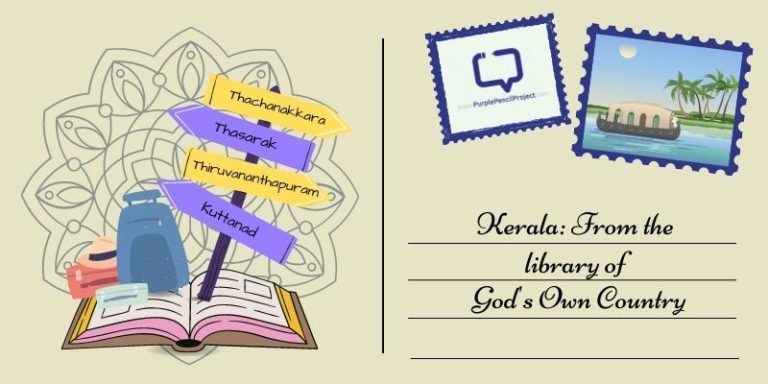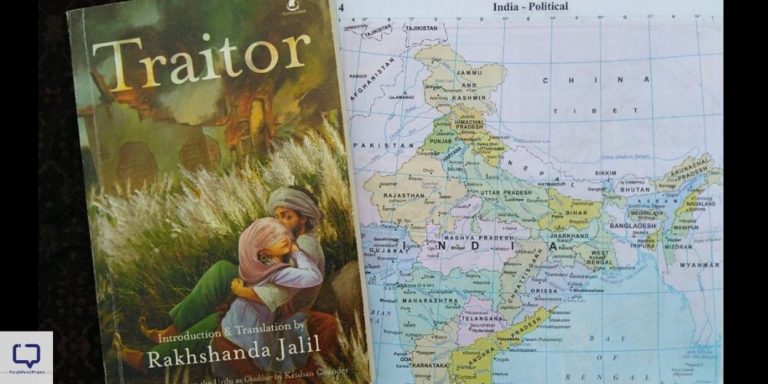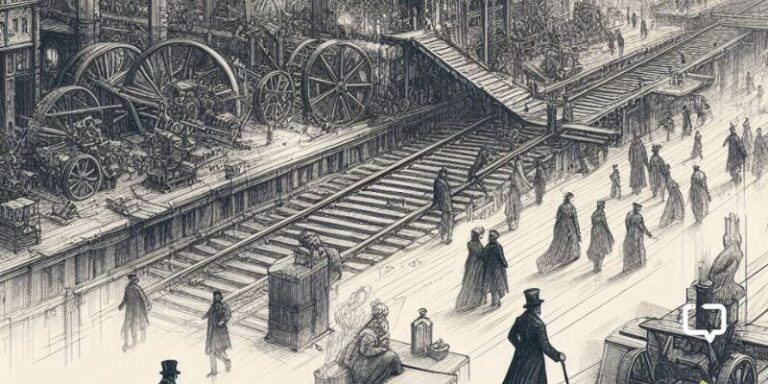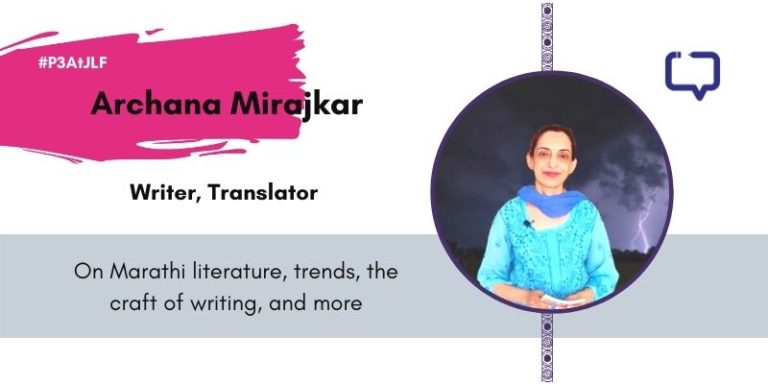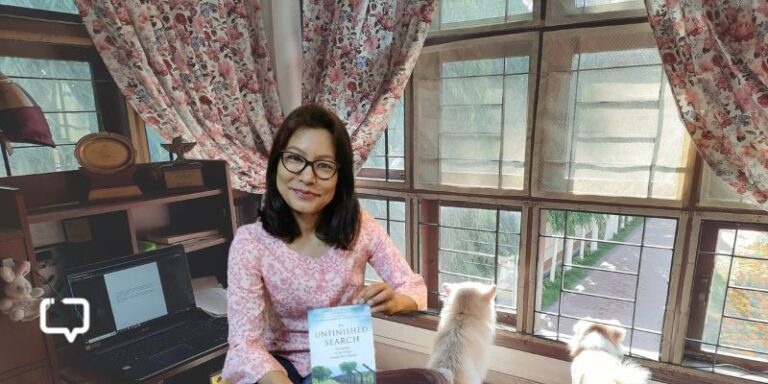Seema Mustafa’s ‘Shaheen Bagh and the Idea of India’ Celebrates the Muslim Women-Led Nationwide Anti-CAA-NRC Protests
The nationwide Muslim-women-led protests against the notorious Citizenship (Amendment) Act (CAA) 2019 will remain etched in the memory of Indian history as the singular-most event of great participation to uphold the idea of nationhood that is enshrined in our constitution.
We encourage you to buy books from a local bookstore. If that is not possible, please use the links on the page and support us. Thank you.
And it’s, in fact, this participation which makes a democracy functional, and is one of its key characteristics, as Nandita Haksar writes in her piece in this brilliant cohesive account of the anti-CAA-NRC protests from multiple perspectives. The accounts, however, that I didn’t find in this anthology are by Dalits and trans folx, which are equally or even worse impacted by the citizenship law.
In the wake of the coronavirus pandemic, we’re reminded by the book Shaheen Bagh and the Idea of India: Writings from a Movement for Liberty, Justice and Equality (Speaking Tiger, 2020) that our fight isn’t over yet. Though due to COVID-19 people had to clear the site of protest, the government took it as an opportunity to sanitize the remains of the vibrant protests, removing art installations and painting graffiti white. But the fight remains and has taken an international recognition with Shaheen Bagh’s Bilkis dadi making it to the TIME’s most influential list.
Citizenship and Shaheen Bagh
Reading the preface of Displacement and Citizenship: Histories and Memories of Exclusion, a book coedited by Vijaya Rao, Shambhavi Prakash, Mallika Sinha Roy and Papori Bora (Tulika Books, 2019), I came across these lines: “A primary site on which claims to cultural citizenship are constructed is memory. The proliferation of documents to mark human bodies in terms of ‘belonging to’ or ‘excluding from’ the nation indicates multiple ways in which the political organization of space intersects with memories, rights and everyday living.”
It’s this unique intersection that has helped the state devise measures to put Muslims under threat of being stateless. The trinity of CAA-NRC-NPR is designed to burden the current generations of a particular community to prove their citizenry, thus, denying their right to this culture membership by the ‘memory’ of their ancestors toiling this land for generations.
Mustafa rightly captures the mood of the nation during the active phase of the movement that possessed the capacity to change “the course of politics without people quite realizing what really happened, or why.” It’s an iconic moment that we got to witness when Muslim women—who’re thought of as submissive and part of a population that everyone takes upon themselves to ‘liberate’—occupied the streets to fight for their men and children.
Zoya Hasan in her essay also mentions that “we have never seen such a sustained and collective pan-Indian civil society mobilization dominated by women, not even during the freedom movement.”
“There was a camaraderie, a politeness, a hospitality that never lost its edge,” Mustafa writes in the introduction, and Shaheen Bagh was converted into “a ‘pilgrimage for Delhiites’. A pilgrimage for all genders, classes, communities, age groups—the only walls were the barricades that the police had put up all around.” This was a protest without identifiable leadership.
The real showrunners
The real showrunners of Shaheen Bagh protests were the dadis. While my dadi, a Hindu, was warm in her charpoy in the brutal winters of Delhi, those dadis were putting their democratic rights to use and were not dependent on someone else to fight their fight. But it wasn’t the dailiness, the unflinching and uninterrupted tenure of their protests that excited people.
“Like many others who were born before Partition, Sarvari doesn’t have a birth certificate. Her husband is no more, and no papers exist to prove his ‘ancestry’.” It’s this helplessness that made people take to the streets. It may be the case, but the December 15, 2019 incident, where students in the Jamia Milia Islamia University’s library faced an extreme crackdown from the Delhi police, was something that sparked Shaheen Bagh’s sit-in protests.
Many like Harinder—who came from Punjab to support Shaheen Bagh protests, along with a troupe of people, as mentioned in this book, “came prepared for any eventuality.” They didn’t “care if the Delhi Police arrest us, registers FIRs against us or attacks us with lathis.”
Shaheen Bagh attracted people from all faith, especially Hindus, who were taught right from the start that Muslims are “different”—as Prakash Devi, who travelled daily from Karol Bagh mentions in her interview with Seemi Pasha. She loved coming to the protests because of the place’s warmth and its people’s welcoming nature, something that’s expressed by Harinder, too: “It doesn’t feel like we are in an alien place, it feels like home.”
“Ghettoes,” Seemi writes, describing “the site,” in “Women, Violence and Democracy,” “in our country are like open secrets. Everyone knows they exist, and that the quality of life they offer is dismal, but no one wants to know how they came to be and why.” Seemi compares this place, “Outside of Okhla, no one had ever heard of Shaheen Bagh before it became the Tiananmen Square of anti-CAA protests.”
She doesn’t mince words when she calls out Deepak Chaurasia (News Nation) and Sudhir Chaudhary (Zee News) “who have misrepresented and demonized the protest.” The role of the media throughout the protests was questionable, so much so that when people who actually wanted to cover stories were asked to leave at various protest sites, including Jantar Mantar, where I went.
Sarover Zaidi and Samprati Pani in “If on a Winter’s Night, Azadi … Fragments; December 2019 to Mid-February 2020,” indicates how Shaheen Bagh acted as a “mimesis” that ignited the fights which mushroomed all across India but were quickly squashed by the authorities. They ask if “the Partition ever completed or did it continue to inhabit our cities, towns and villages in the form of religion- and caste-based neighborhoods, working-class slums and Muslim ghettos?”
But going to Shaheen Bagh they learnt how this “protest has finally broken class barriers, gated communities, ghettos, and maybe even our fears” and ponder on the possibility if “this is the only apparatus we have.”
What rang true with me, reading their essay, as a frequent protestor, was this question: “Is repeating the chant of freedom our beauty, our bravery or our naiveté?”
I don’t know if I was brave enough or was testing the waters. But I don’t know what I’d have done if I was arrested that day or beaten, feeling endangered, along with my friend, crossing the Janpath market and realizing that not a single soul except a van of police and a string of armed policemen were there.
When we were taking a turn toward the protest site they asked: “Kahan ja rahe ho?” I still don’t know how to react remembering a journalist who seemed to be asking the right question, whom I gave a “sound bite” ran the video in an extremely different way mocking me as an English-speaking, book-reading and lost person. Someone who didn’t know why he was there at the protest.
The idea of India
Shaheen Bagh and the Idea of India constantly question what it means to claim your country, belong somewhere and be called an Indian. A piece that moved me was “I Found My Country in Shaheen Bagh” by Mustafa Quraishi. He writes how internalized this feeling of being an Indian was to him that he rarely paid attention to it, far from thinking that he’ll ever be questioned about it:
“I never thought about being Indian, I always just was—it’s like breathing. To have your citizenship questioned is to have your life-breath taken away.”
But he’s glad that these protests happened as they “separated milk from water.” He writes, “It is a conscious decision to avoid an event of national significance, so why not tell us the reason? And why not tell us what he ‘is or was’? This is no time for fence-sitting. You either support the Indian Constitution or you don’t. You either want India to become a Hindu Rashtra or you don’t.” Nothing could be clearer than that. It wasn’t tainted with the vendetta-like speak, for example, Bush’s campaign address post-9/11: “You’re either with us or against us.” Or Modi’s or Amit Shah’s rallies during the Delhi Assembly elections.
Mustafa recalls an incident that happened while he was covering communal violence in Hyderabad. He’s brutally smacked and beaten, mistaken to be of the ‘other’ religion. But when someone saw his ID card, he was left alone. Mustafa writes: “That experience is the reason why I can’t bring myself to cover communal riots. I don’t want to be lynched for being a Muslim, and I don’t want to be spared for being one.”
The issue of identification touched our PM, too. Though Modi never visited Shaheen Bagh, he said that people getting involved in violence “can be identified with their clothes.” No one knows how to become that wise, but Hindu protestors responded to his comment by wearing a skullcap during one of the interfaith prayers, “and shouted, ‘Did a skull cap bring down my social status? Am I not a Hindu anymore?’”
Bikti rahengi kab tak majbooriyaan humaari
Sauda karenge kab tak ye rehnumaa humaara?
(How long will they trade in our helplessness?
How long will our leaders sell us for their profit?)
The protests sent out a clear message to the government. And, the message, as Nayantara Sahgal wrote, was: “Indians will not submit to another Partition.” In her essay “Occupying Streets: Women in the Vanguard of the Anti-CAA Struggle,” Zoya Hasan reminds us what the human rights activist and lawyer Kalpana Kannabiran noted, “Citizenship by any definition is not a dole to be handed out by rulers to compliant subjects, nor is its grant an alms deed to be distributed at whim.”
These protests weren’t ordinary, she continues, “they have demonstrated a new vocabulary and grammar of resistance as a form of civil disobedience.” And may we be led by this vocabulary, use this grammar and continue to hold people in power accountable.
Best Quotes
“Shaheen Bagh is no longer just a physical space, but an idea, a warm sentiment, a symbol of indefatigable spirit and democratic force. The movement will go on and only its physical manifestations will evolve. When we may return on the other side of this pandemic, we hope to emerge stronger, braver, wiser and even more resilient.”
Final Verdict: This is a must-read book, and I give it 5/5 if I had to rate a book, which otherwise I don’t.










